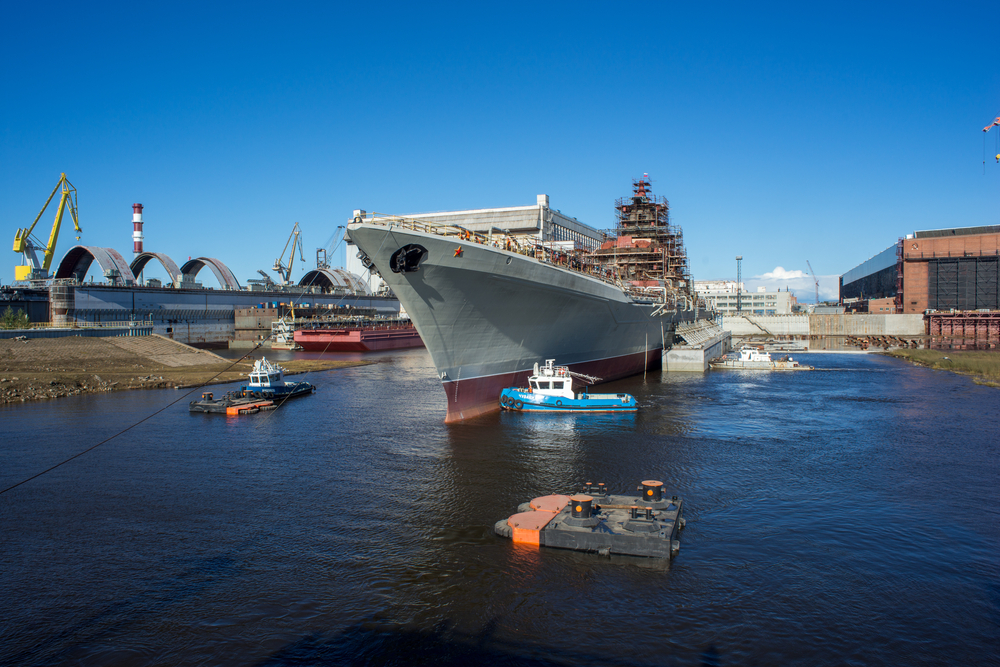It was originally set for sea trials in November 2024.
Others are reading now
The Russian military-industrial complex continues to struggle with completing the modernization of the nuclear-powered cruiser Admiral Nakhimov.
Originally set for sea trials in November 2024, the ship remains in drydock, and its testing schedule is uncertain, according to Defense Express.
Decades-Long Renovation
The Admiral Nakhimov, part of the Project 1144 “Orlan” class, has been under renovation since 1997. Despite investments exceeding $5 billion (approximately €4.6 billion), the ship has yet to rejoin the fleet.
Russian media have blamed delays on harsh weather conditions in the White Sea, where the sea trials were supposed to take place, according to WP.
Also read
Some reports suggest that Russia has prioritized building newer vessels, such as missile corvettes and nuclear submarines, over completing the Admiral Nakhimov.
Experts note that it may be safer to delay the deployment of an incomplete nuclear-powered warship rather than risk operational failures.
A Symbol of Industry Challenges
The Admiral Nakhimov is set to carry an arsenal of 80 missiles, including “Onyx,” “Kalibr,” and “Zircon” missiles.
-
The Onyx missiles boast a range of 373 miles (600 km) and a maximum speed of 1,988 mph (3,200 km/h).
-
The Kalibr missiles can travel up to 186 miles (300 km) at speeds of 621 mph (1,000 km/h).
-
The hypersonic Zircon missiles have a range of 373 miles (600 km) and speeds reaching 4,970 mph (8,000 km/h).
However, delays in completing the cruiser mean Russia cannot decommission its sister ship, the Pyotr Velikiy (Peter the Great), until the Admiral Nakhimov is operational.
Russian media have continued to justify the delays, citing the need for rigorous preparation and challenges posed by seasonal ice in the White Sea.
According to Defense Express, the Admiral Nakhimov has become a symbol of Russia’s broader shipbuilding struggles.


